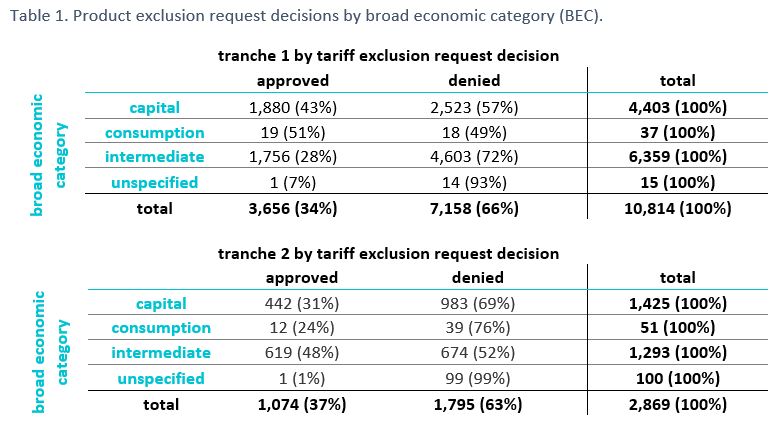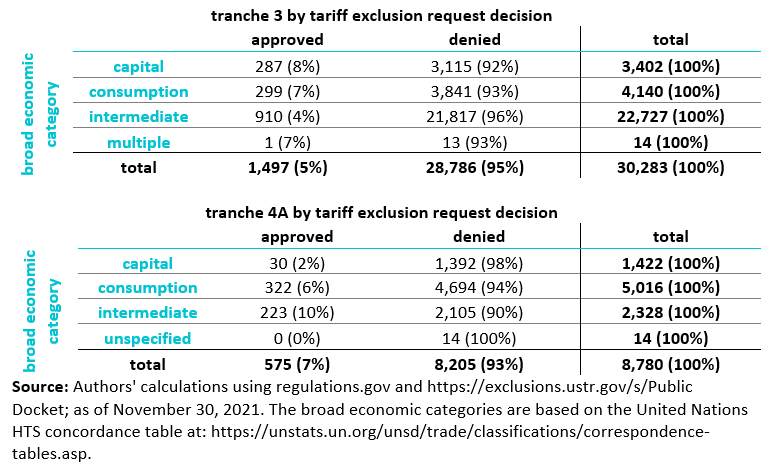The odds are that your artificial Christmas tree — amid reports of shortages for both real and fake trees — will be Chinese made. Some 80% of Americans observe the holiday with an artificial tree, and 98.3% of fake tree imports are from China. While scarcity and shipping-container costs in the ongoing supply-chain crunch may be driving up tree prices, Washington’s Section 301 tariffs on Chinese imports don’t appear to be a factor like they are for many other goods. Artificial Christmas tree importers in 2019 sought and received a tariff exemption from the U.S. Commerce Department.
This does not mean, however, that many of the products you are purchasing this holiday season aren’t affected. The United States has imposed “Section 301” tariffs on goods imported from China since July 2018. The term refers to Section 301 of the Trade Act of 1974, under which the Trump administration initiated an investigation into China’s trade policies and practices. The Office of the United States Trade Representative (USTR) issued its Section 301 report in March 2018, which quickly led to the imposition of tariffs on more than 10,000 product categories. In order to limit some of the domestic economic damage of those tariffs, USTR has considered tariff exclusion requests and annual extension requests.
Currently, 64% of U.S. imports from China are subject to some type of duty, up from 41% in 2017, the year prior to the Section 301 tariffs. U.S. firms have been submitting tariff exclusion requests, and the Mercatus Center has been tracking those tariff exclusion requests since the beginning. This is an update to our section 301 product exclusion decisions data.
The section 301 China tariffs have come in four waves, called tranches. In our last update, nearly all of the fourth tranche was pending, but recently the reviews have been completed. (The fourth tranche so far only includes 4A; the tariffs announced for tranche 4B were suspended indefinitely after negotiation of a Phase One agreement with China.) Of the 8,780 exclusion requests on tranche 4A, 7% were approved and 93% were eventually denied.
Of the four tranches, the denial rates for the latter two (95% and 93%, respectively) were markedly higher than the denial rate for the first two (66% and 63%, respectively) as reported in table 1.
According to our analysis of USTR data, as of November 30, U.S. importers had submitted a total of 52,746 exclusion requests. Importers filed 10,814 exclusion requests for the first tranche, 2,869 for the second, 30,283 for the third, and 8,780 for the fourth.
The product category and the trade value vary by tranche. The tariffs cover approximately $34 billion in imports in tranche 1, $16 billion in tranche 2, $200 billionin tranche 3, and $120 billion in tranche 4A. The Customs and Border Protection agency reports that U.S. businesses have paid roughly $110 billion in duties as a result of Section 301 enforcement.
Since our last update, the number of pending requests is down to zero for all tranches. The USTR has published product exclusion request data for tranches 1 and 2 on regulations.gov and tranches 3 and 4A on the USTR’s Public Docket.
Tranches 1 and 2
The approval rate didn’t change significantly for the first and second tranches since our last update. Of the 10,814 requests in tranche 1, 3,656 (34%) were approved and 7,158 (66%) were denied (Table 1). Similarly, of the 2,869 submissions in tranche 2, 1,074 (37%) were approved and 1,795 (63%) were denied (Table 1).
Tranche 4A
As of a June 8, 2020, data update, roughly 98% of exclusions were still pending for tranche 4A. The USTR has reviewed the remaining requests. Of the 8,780 exclusion requests, 575 (7%) were granted and 8,205 (93%) were denied (Table 1). As we saw in our past updates, only a small fraction of exclusions was approved in tranches 3 and 4A.


The data in the table also indicate that the approval and denial rates vary not just by tranche, but also by the economic category the request falls under. Overall, of the 52,746 exclusion requests, 6,802 (13%) were approved and 45,944 (87%) were denied.
Earlier this year, the USTR once again announced that they will continue the targeted tariff exclusion process. Importers had the opportunity through December 1 to request reinstatement of certain exclusions. We will be back to review the data as the USTR reviews extension comments.
Christine McDaniel is a Senior Research Fellow at the Mercatus Center. Her research focuses on international trade, globalization, and intellectual property rights.
To read the full commentary from the Mercatus Center, please click here.
